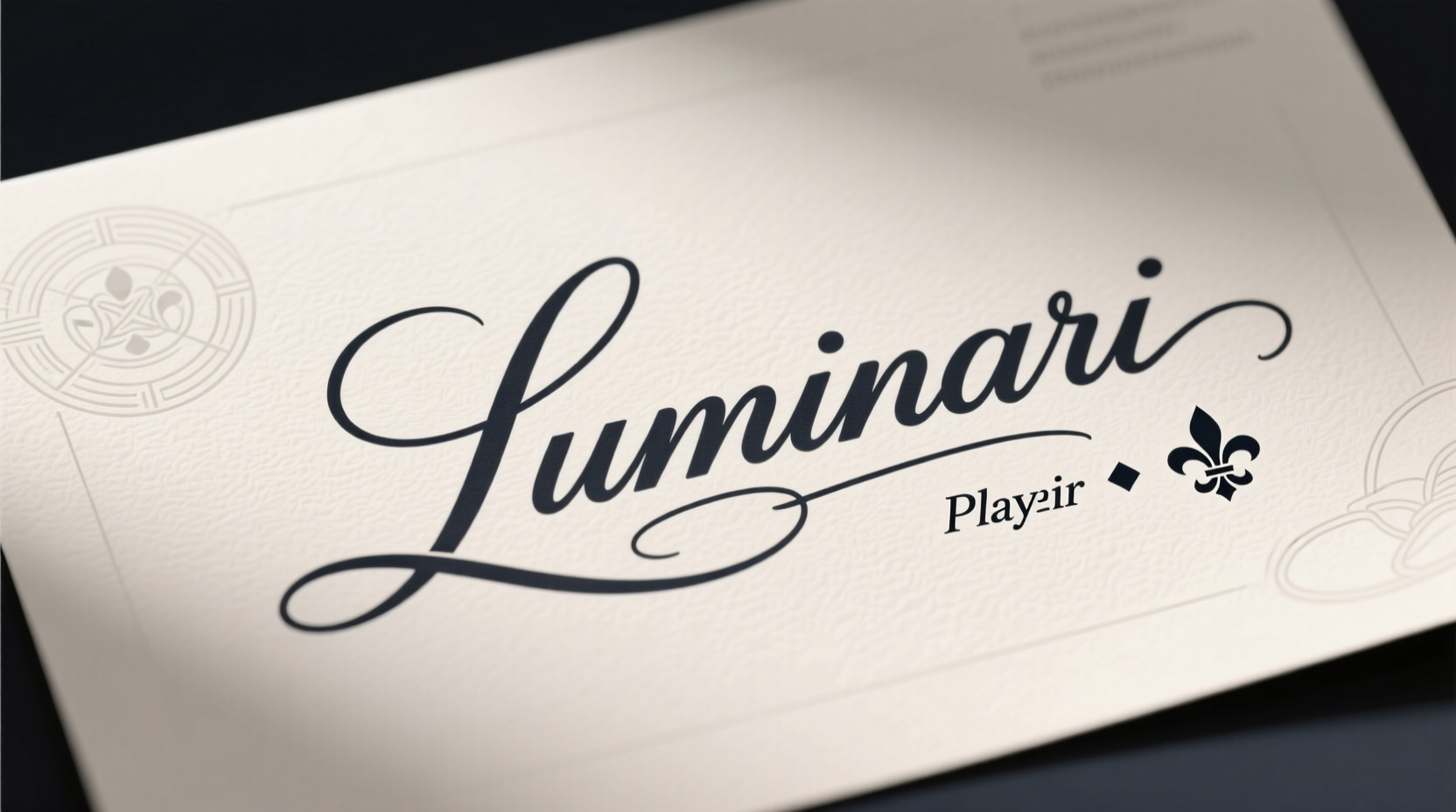A well-crafted professional signature does more than just close an email—it reinforces your identity, builds credibility, and leaves a lasting impression. Whether you're corresponding with clients, colleagues, or potential employers, your digital signature acts as a subtle yet powerful extension of your personal brand. A thoughtfully designed signature balances professionalism with personality, ensuring clarity without clutter. This guide walks through the essential steps to build a polished, effective signature that reflects your style and status.
Understand the Purpose of a Professional Signature

Your email signature is not merely a formality; it's a communication tool. It provides recipients with verified contact details, strengthens brand consistency, and can even drive engagement when used strategically. Unlike handwritten signatures, which are primarily legal identifiers, digital signatures serve both functional and promotional roles. They should include key information while aligning visually with your industry standards—be it corporate minimalism in finance or creative flair in design fields.
“Your email signature is often the last thing someone sees in your message—it should leave them feeling confident about who you are and how to reach you.” — Laura Simmons, Corporate Communications Strategist
Step-by-Step Guide to Building Your Signature
Creating an effective signature requires intentionality. Follow this structured process to ensure every element serves a purpose.
- Define your core information: Start with essentials—full name, job title, company, phone number, and official email. Avoid including personal numbers unless necessary.
- Choose a consistent format: Use a logical order: Name → Title → Company → Phone → Email → Website (if applicable).
- Select appropriate fonts: Stick to web-safe fonts like Arial, Helvetica, or Georgia. Limit yourself to one or two font styles for readability.
- Incorporate branding elements: Add your company logo or a branded banner if permitted. Ensure file sizes are small to avoid loading delays.
- Add social media or portfolio links (optional): Only include professional platforms like LinkedIn, GitHub, or Behance. Use icons sparingly.
- Include a disclaimer (if required): Legal or compliance teams may require confidentiality notices. Keep these separate from the main signature block.
- Test across devices: Preview your signature on desktop, mobile, and various email clients (Gmail, Outlook, Apple Mail) to ensure compatibility.
Design Principles for Style and Clarity
A stylish signature doesn’t mean excessive decoration. True elegance lies in balance, contrast, and restraint. Consider these design fundamentals:
- Hierarchy: Make your name stand out slightly—use bold or a larger font size—but keep titles and contact info clearly legible.
- Whitespace: Don’t cram elements together. Adequate spacing improves readability and visual appeal.
- Color use: Limit color to one accent shade, ideally matching your company’s brand palette. Black text on white background remains safest for printing and accessibility.
- Alignment: Left-align all content for universal compatibility. Centered text often breaks formatting in certain email clients.
| Element | Do | Don't |
|---|---|---|
| Name | Bold, slightly larger font | All caps or italicized only |
| Job Title | Clear and accurate | Overly long or vague (e.g., “Guru”) |
| Phone Number | Include country code if international | List personal mobile without consent |
| Logo | Small, high-resolution image | Animated GIFs or large files |
| Social Icons | Link to active profiles only | Add all platforms regardless of use |
Real Example: From Generic to Professional
Jamal Carter, a marketing consultant transitioning to freelance work, initially used a basic signature:
Jamal Carter Email: jamal.carter@email.com Phone: (555) 123-4567
After rebranding, his updated signature reflected his expertise and online presence:
Jamal Carter Senior Marketing Consultant | Founder, InsightEdge Strategies 📞 (555) 123-4567 | 🌐 www.insightedge-strategies.com LinkedIn: linkedin.com/in/jamalcarter | Portfolio: jamalcarter.design
This version includes role clarity, multiple contact options, and strategic links—all within a clean structure. The result? A 30% increase in inbound inquiries from prospects who clicked through his portfolio link directly from his emails.
Checklist: Finalize Your Professional Signature
Before deploying your new signature, run through this checklist to ensure completeness and professionalism:
- ✅ Full name matches official records and LinkedIn profile
- ✅ Job title accurately reflects current role
- ✅ Company name spelled correctly with proper capitalization
- ✅ Direct phone line included (with area code)
- ✅ Professional email address (not outdated providers like Yahoo unless branded)
- ✅ Website URL is active and secure (https://)
- ✅ Social links go to up-to-date, relevant profiles
- ✅ Logo or image displays correctly across devices
- ✅ No spelling or grammatical errors
- ✅ Complies with company branding guidelines (if employed)
Frequently Asked Questions
Can I have different signatures for internal vs. external emails?
Yes. Many professionals maintain two versions: a full signature for external communication and a simplified one for internal messages. For example, internal signatures might omit logos, disclaimers, or website links to reduce clutter.
Should I include a photo in my email signature?
Only if it adds value and fits cultural norms. In industries like real estate, recruitment, or personal coaching, a headshot can build familiarity. However, in technical or corporate environments, photos are often unnecessary and may distract from the message.
How do I add my signature to Gmail or Outlook?
In Gmail: Go to Settings → See all settings → Signature section → Create or paste your signature. In Outlook: File → Options → Mail → Signatures → New. Always test after setup to confirm formatting integrity.
Conclusion: Make Every Email Count
Your professional signature is a silent ambassador. It travels with every message you send, representing your attention to detail and commitment to quality. By following these steps—defining your information, applying smart design principles, and testing thoroughly—you craft more than a closing line; you build trust and recognition over time. A great signature isn’t flashy—it’s functional, memorable, and unmistakably you.









 浙公网安备
33010002000092号
浙公网安备
33010002000092号 浙B2-20120091-4
浙B2-20120091-4
Comments
No comments yet. Why don't you start the discussion?